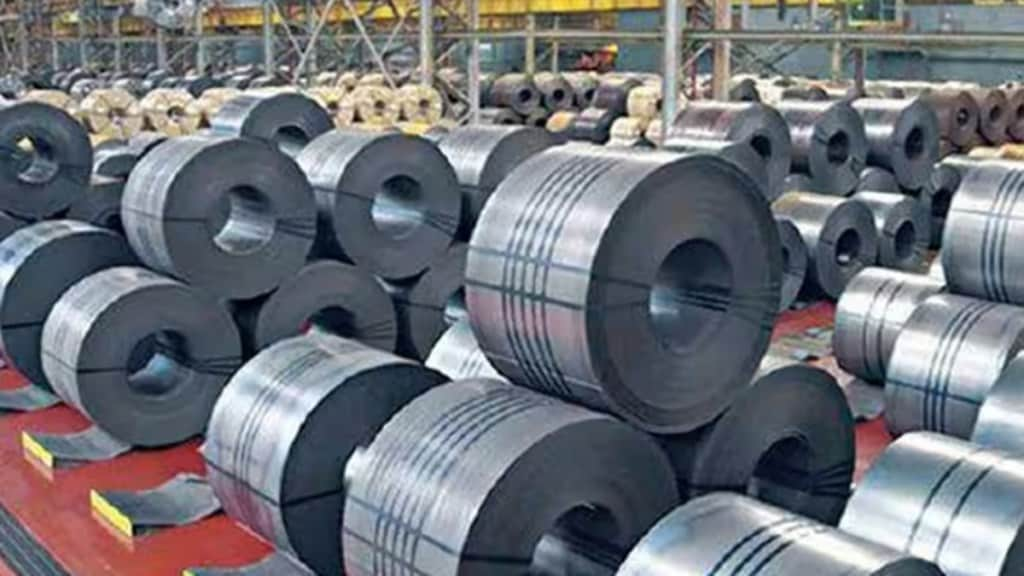The per capita steel consumption of India is only 78 kg (the rural per capita consumption is only 21 kg), as compared with a global average of 233 kg, according to a report by Deloitte India and The Indian Steel Association (ISA). It said that the steel to cement ratio in India is 0.35 whereas for other countries, it is more than one. Similarly, it added, the share of steel framed construction is only 10 per cent in India, whereas it is more than 40 per cent and has even reached 80 per cent in other countries. This entails that with rapid urbanization and a growing GDP, there is a tremendous potential for steel consumption growth.
“India has a significant opportunity to boost steel consumption in construction and infrastructure, driven by urbanization, real estate, and government investments. Collaboration between government and industry is crucial to promote versatile, sustainable, and cost-effective steel solutions, capitalizing on existing incentives and fostering a competitive steel hub in India,” said Rakesh Surana, Partner, Consulting, Deloitte India.
Demand trends in the building, construction, and infrastructure sectors
Steel consumption within the building, construction and infrastructure sectors increased at a CAGR of 4.5 per cent over the past four years. The healthy growth trends are expected to continue for the foreseeable future, with demand growth of 5-6 per cent in the building and construction sectors and 8-10 percent in the infrastructure sector until FY 2025, the report stated.
The finished steel demand from the building and construction sector is expected to reach 90 MT in FY31, with a CAGR of 9.7 per cent and to 63 MT in FY31, with a CAGR of 6.8 per cent from the infrastructure sector. “The key demand drivers for the building, construction and infrastructure sectors are urban housing, rural housing, commercial real estate, industrial real estate and government spending on infrastructure projects,” it said. Other sectors that will drive demand for steel in India are automobiles, and engineering and packaging industries.
“The Indian steel industry is set for substantial growth, driven by building, construction, and infrastructure demand. Higher steel usage is expected to reduce construction time and life cycle costs across infrastructure projects. Leading steel players are expanding capacities and adopting efficient delivery models to provide value-added products. Moreover, branding and marketing will enhance end user perception and adoption of steel within the building, construction, and infrastructure sectors,” said Rajib Maitra, Partner, Consulting, Deloitte India.
Need for government policy intervention
The government can drive steel usage by implementing policies focused on promoting steel-based construction, bridges, and infrastructure projects. Deloitte-ISA report said that these incentives may include mandating life cycle cost comparisons for materials, incentivizing green steel manufacturing, and offering tax benefits based on carbon footprint. “Standardizing steel-specific structures, ensuring fire-resistant steel availability, and enhancing fabricator skills are crucial. Building expertise in structural steel design, branding steel as a construction material, and providing PLI incentives for its use in building and infrastructure are also key. Additionally, energy standards for green buildings and a dedicated project information portal can facilitate capacity planning for steel producers,” it said.
Increased steel usage: Potential from urban and rural areas
Steel demand in urban areas is rising across sectors like residential, commercial, retail, hospitality, and government infrastructure. However, the report said that boosting rural steel consumption faces challenges like awareness, affordability, skills, and ecosystem support. “Strategies include using steel with solar setups for rural facilities like homes, anganwadis, toilets, libraries, schools, and nursing colleges. Steel serves in food processing machinery, grain silos, cold storage, and infrastructure. Co-op societies can create cost-effective warehouses with large-span steel structures. Increasing steel pipe usage for irrigation is vital. Promoting metal roofing, steel doors, and windows expands rural steel adoption. Steel supports dairy and agriculture with shelters, machinery, tractors, and trailers,” it said.


